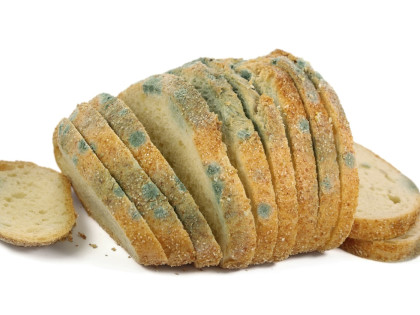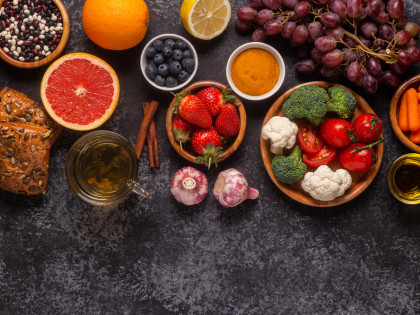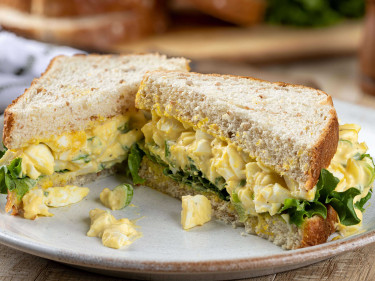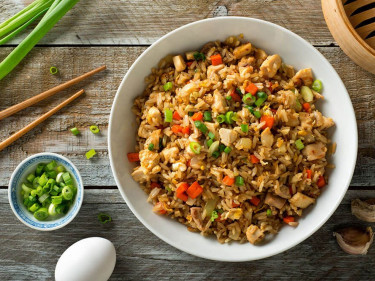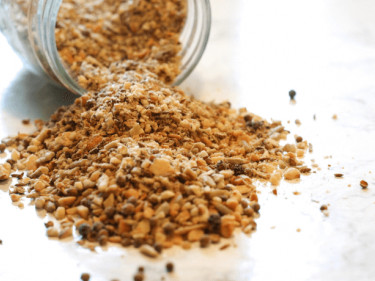Microwaving is a method of cooking that is super easy and convenient, but also pretty controversial. A quick Google search will flood you with articles claiming microwaves cause harmful radiation, cancer, and destroy all the good nutrients in foods - sounds bad, right!? Here’s the science behind microwaving…
What is it?
Microwaves heat and cook food by producing ‘micro waves’ (a type of electromagnetic radiation) that bounce around in the microwave, and cook food by causing the water molecules to vibrate and heat the items.
Is it dangerous?
Whilst cooking food with electromagnetic radiation might sound dangerous, the good news is that it's completely safe. Studies into microwaving food suggest that it’s a safe form of cooking, and isn’t linked to cancer. Some concern also exists around plastic packaging leaking into foods in the microwave and the links to cancer. However, many plastics and containers are designed to be microwave safe and to withstand high temperatures to prevent leaking of plastic particles. A good way to be sure is checking if your containers have a ‘microwave safe’ symbol on them.
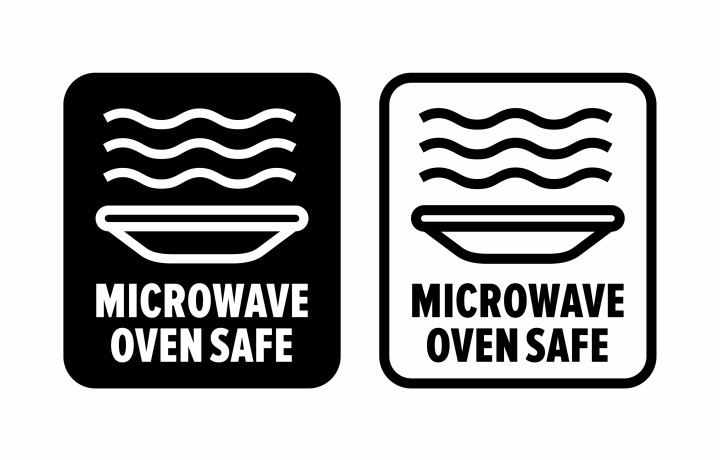
Does it nuke the nutrients out?
Popular belief is that microwaving foods totally nukes all the good nutrients, so why bother right? However, many studies have been conducted comparing cooking methods and nutrient retention, and it was found microwaving can actually be a great way to preserve fragile nutrients, like Vitamin C.
Any cooking process (i.e. heating) will change the chemical structure of foods and has the potential to destroy nutrients. Usually, this happens when food is cooked for too long, or at too high temperatures. The time and temperature you use also depends on the type of food, for example, meat and fish need to be cooked for longer and at a higher temperature than veggies.
Microwaving can actually be a great way to cook foods, especially veggies, as rapid heating preserves the polyphenols and antioxidants. Short bursts of heating have been shown to save most of the vitamin C in veggies. Nutrients like the B and C group vitamins can also be leaked and lost in water, so microwaving veggies in a small amount of water has actually been proven to be better compared to boiling.
Is microwaving better for killing germs?
Cooking and correctly reheating food significantly reduces the chance of food poisoning. Generally, foods need to be heated above 65 degrees Celsius to destroy any bugs, but some toxins are heat resistant. One disadvantage of microwaving is that it can unevenly heat food, which can be a food safety issue.
Top Tips
Overall, microwaving can be a great cooking method that is quick and easy. Some tips for home;
- Check all your packaging, Tupperware and crockery to be sure that it is microwave safe, and if it isn’t, transfer to a container that is. Glass and silicone containers are a great option. Check these ones out:
- Glass meal prep containers (5 pack)
- Silicone meal prep containers (3 pack) - Cook foods like veggies for short periods of time with a small amount of water to maximise nutrient retention.
- Stir and rotate food like rice, eggs, and meat to ensure they are evenly heated to prevent food borne illness.
- Check out some of our microwave recipes
Note: Some of the links on this page are affiliate links. This means that, at no additional cost to you, No Money No Time will earn a commission if you click through and make a purchase. This helps support the website's future.




